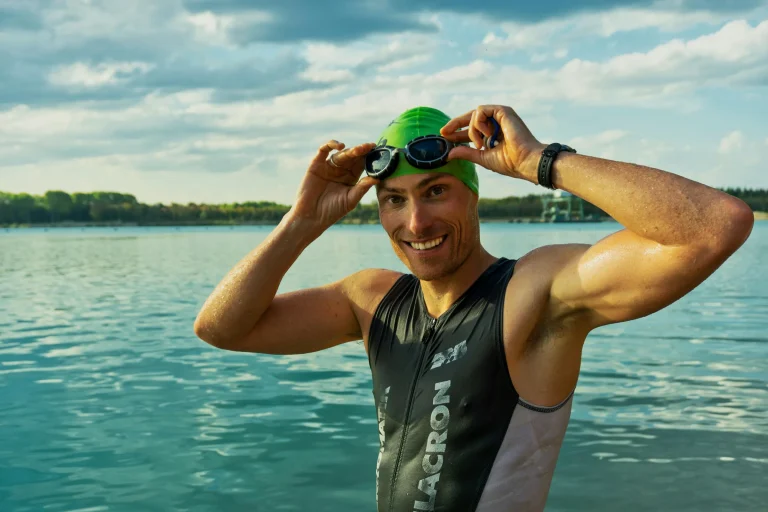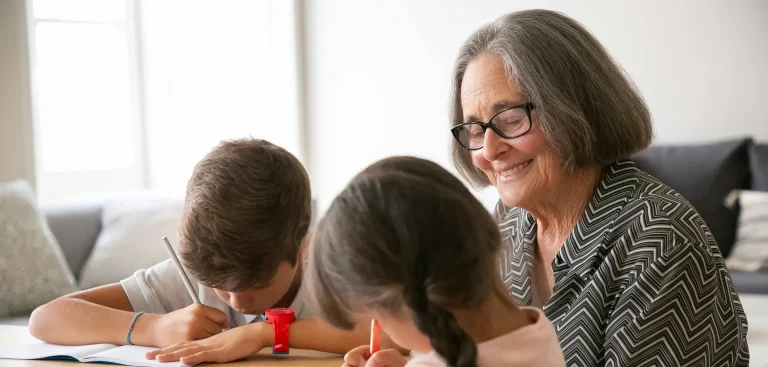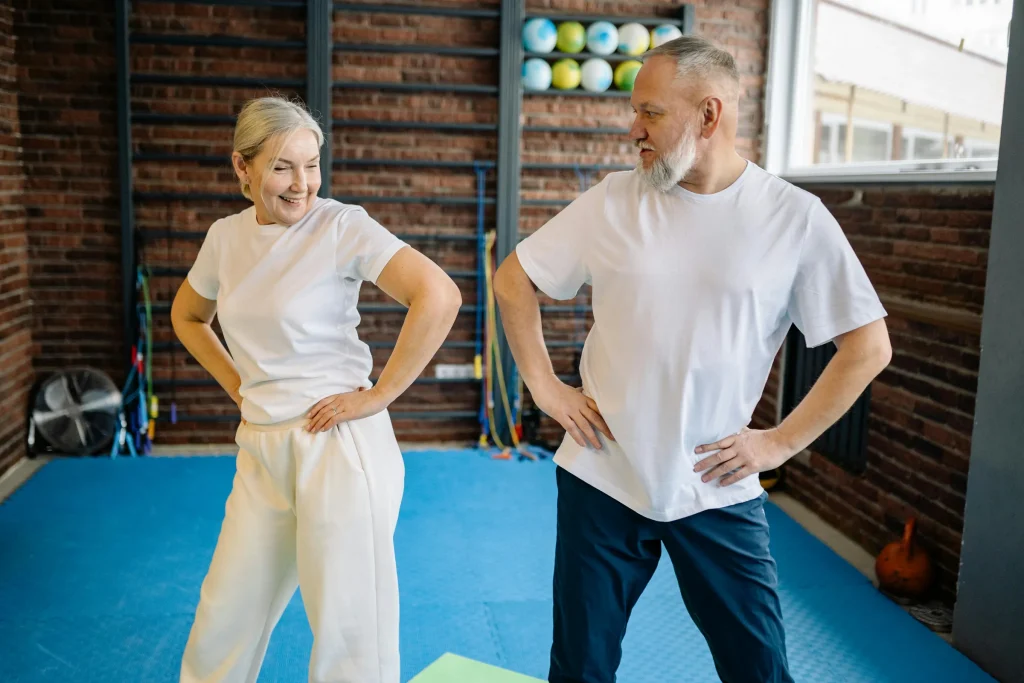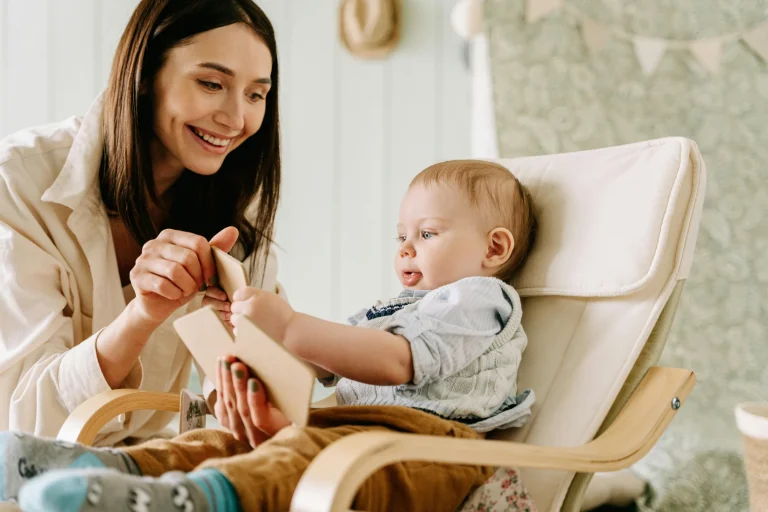Everyday activities keep many parents so busy that they can’t take their children with them everywhere. That makes it crucial to find the right babysitter and make sure that the sitter can be entrusted with your child.
When you’re looking for a babysitter, give yourself enough time to be selective. You should:
- Look for a sitter within your circle of friends, church, or community.
- Look for someone who already works with children.
- Always check references.
Safe Sitter, a national organization devoted to training adolescents to become safe babysitters, strongly recommends that the sitter have had some babysitting training, including what to do if a child begins to choke.
Parents must also make sure that their home provides first aid supplies and a safe environment.
To make sure your sitter is ready for any situation that arises and knows how to get help, give the sitter this checklist for use in an emergency:
- Family name:
- Phone number:
- Address:
- Children’s names and ages:
- Phone number where parent or guardian will be:
- Address where parent or guardian can be reached:
- Cellular phone numbers:
- Pager number:
- Neighbor’s name and phone number:
- Local relative’s phone number:
- Local emergency phone number:
- Doctor’s name:
- Doctor’s phone number:
- Insurance name and number:
- Poison control center:
- Police:
- Ambulance:
- Fire department:
- What time you will be home:
The American Academy of Pediatrics (AAP) suggests that if your child is close to age 12, the sitter should be quite a bit older. This will ensure that your child will see the sitter as being old enough to have authority. The AAP also suggests, that in addition to checking references, you also speak with the sitter’s parents before hiring so you can get a sense of how the teenager handles responsibility.
Finally, make certain the sitter is clear on your “house rules” regarding what can be watched on TV, visitors, telephone use, smoking or drinking, and taking your child outside. Taking the time to find the right sitter will allow you to enjoy your out-of-home activity with minimal worries about your child.
What to know about preventing SIDS and other sleep-related infant deaths
Here are recommendations from the AAP on how to reduce the risk for sudden infant death syndrome (SIDS) and sleep-related deaths from birth to age 1:
- Place your infant on his or her back for sleep or naps. This can decrease the risk for SIDS, aspiration, and choking. Never place your baby on his or her side or stomach for sleep or naps. If your baby is awake, allow your child time on his or her tummy as long as you are supervising, to help your child build strong tummy and neck muscles.
- Always talk with your baby’s doctor before raising the head of the crib if he or she has been diagnosed with gastroesophageal reflux.
- Offer your baby a pacifier for sleeping or naps, if he or she isn’t breastfed. If breastfeeding, delay introducing a pacifier until breastfeeding has been firmly established.
- Use a firm mattress (covered by a tightly fitted sheet) to prevent gaps between the mattress and the sides of a crib, a play yard, or a bassinet. This can decrease the risk for entrapment, suffocation, and SIDS.
- Share your room instead of your bed with your baby. Putting your baby in bed with you raises the risk for strangulation, suffocation, entrapment, and SIDS. Bed sharing is not recommended for twins or other multiples.
- Avoid using infant seats, car seats, strollers, infant carriers, and infant swings for routine sleep and daily naps. These may lead to obstruction of an infant’s airway or suffocation.
- Avoid using illicit drugs and alcohol, and don’t smoke during pregnancy or after birth.
- Avoid overbundling, overdressing, or covering an infant’s face or head. This will prevent him or her from getting overheated, reducing the risks for SIDS.
- Avoid using loose bedding or soft objects—bumper pads, pillows, comforters, blankets—in an infant’s crib or bassinet to help prevent suffocation, strangulation, entrapment, or SIDS.
- Avoid using cardiorespiratory monitors and commercial devices—wedges, positioners, and special mattresses—to help decrease the risk for SIDS and sleep-related infant deaths. These devices have not been shown to prevent SIDS. In rare cases, they have resulted in the death of an infant.
- Always place cribs, bassinets, and play yards in hazard-free areas—those with no dangling cords or wires—to reduce the risk for strangulation.
Sarah Bush Lincoln offers Safe Sitter courses for children ages 11 and up. Safe Sitter teaches participants safe and nurturing child care techniques, behavior management skills, and appropriate responses to medical emergencies. For more information on course dates and times, click here.









